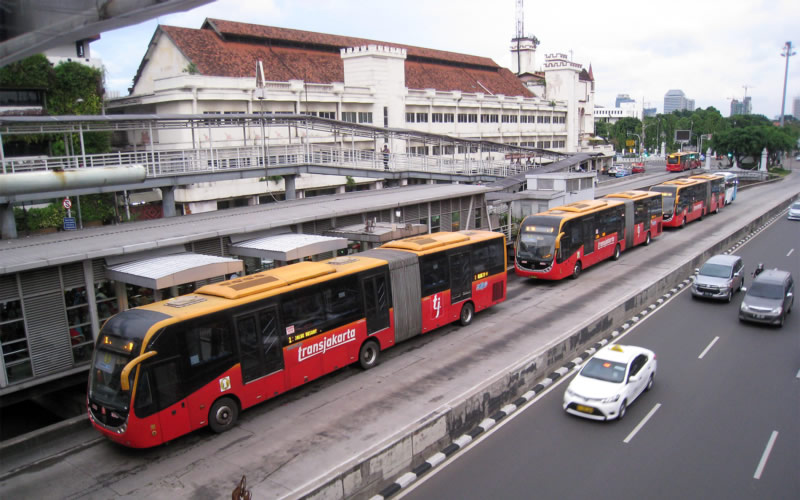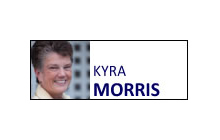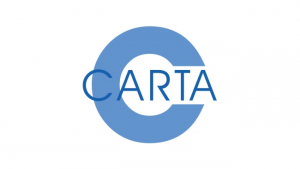
A Bus Rapid Transit station in Jakarta, Indonesia. Photo credit: Gunawan Kartapranata, Wikipedia.
By Kyra Morris, contributing editor | Transportation in the Charleston area is an issue that needs to be dealt with by the community as a whole. The region needs to provide a lot of the necessary infrastructure, businesses need to get involved with incentives, and individuals need to coordinate travel to either share the ride or consider alternatives. Our transportation issues are serious today. Unless we address them, they are only going to get worse over time. The future is ours to plan for now.
 Studies have been done to evaluate potential solutions. Avenues from light rail and water ferries to improved bus systems have been explored. These ideas all have a certain appeal, but when you get into the logistics of implementation there are caveats.
Studies have been done to evaluate potential solutions. Avenues from light rail and water ferries to improved bus systems have been explored. These ideas all have a certain appeal, but when you get into the logistics of implementation there are caveats.
One of the caveats is the density of our area. Charleston has 190.75 housing units per square mile. This is currently the lowest of comparable metros used in the studies. Although we do not have the density now, it is either going to be density, massive sprawl — or perhaps both — in our future. Higher density nodes should be thoughtfully planned to support our growth and the ability to sustain options such as bus rapid transit, commuter rail and light rail
This is the Catch-22. The density is coming, but we do not yet have enough to warrant options especially for commuter rail, light rail or water ferries. If we wait to act until we have the density, the costs don’t decrease, they increase; and the inconvenience to the community only worsens. There are examples of cities that waited and are now trying to play serious catch up for improved public transportation. Seattle comes to mind. Yes, it has the density but it is just now putting in rail systems. The costs have quadrupled since Seattle first studied them. This far outpaced inflation. Why? Because now Seattle has to build over, under or through existing communities, and preplanning the communities for the eventuality of creating these transit options was not done. There are more examples.
The current costs of light rail and commuter rail include costs for right-of-way acquisitions, creating new track, building stations and purchasing the cars. The costs of a water ferry system includes site acquisition, improvement in docks, parking, and land improvements. At the present time, our population does not warrant these costs, but what if? What if 10 years from now we do have the density? What do we do then? What if we planned the communities now considering eventual needs and developments? These costs and inconveniences are not going to go down or even stay stable, and the eventual need is imminent. We need to design communities around future needs, and sink some costs now to offset the rising costs later.
The Bus Rapid Transit (BRT) system appears to be a potentially viable current option. This is a mass transportation system that has a fully dedicated right of way for its fleet of buses, but can operate in either fixed lanes or in mixed traffic. It does not eliminate traffic, but by moving buses out of main lanes and reducing number of cars on major roadways, it can help with the congestion. The main study being done for this option is for I-26 from Summerville to downtown Charleston. The estimated cost for this project is $15.5 million per mile for 23.12 miles.
 CARTA currently exists. It offers fixed routes service, flex service and express routes throughout the region. The improvement and expansion of this system is the most cost-efficient. Then in conjunction with the Bus Rapid Transit (BRT) system, CARTA buses can play an integral role to shuttle to and from stops in larger residential areas to nearby business centers.
CARTA currently exists. It offers fixed routes service, flex service and express routes throughout the region. The improvement and expansion of this system is the most cost-efficient. Then in conjunction with the Bus Rapid Transit (BRT) system, CARTA buses can play an integral role to shuttle to and from stops in larger residential areas to nearby business centers.
Better walk and bike paths are needed. Improvement of our current roads and infrastructure is a current must-do. As these projects are underway, they should include sufficient options for walking and biking as part of the overall costs. Walkers and bicyclists need safety and good surfaces. The success of the pathway included in the Ravenel Bridge from Mount Pleasant to Charleston is an example. These will be used and should be encouraged.
There are other options much less costly in dollars and cents. Here’s where we – businesses and individuals – get involved. Businesses can provide staggered work times, give incentives to employees who either ride-share, use public transportation, or bike/walk to work, and offer more opportunities for work to be performed remotely. Individuals need to consider more ride-sharing and public transportation options.
It truly takes a village – a whole community. We need to plan for the density that is coming and the probability of eventual rail/ferry alternatives. Bus Rapid Transit (BRT) and CARTA partnerships are currently viable, and should be supported. Businesses and individuals must also do our part. Our future is up to us – now.
- Have a comment? Send to: editor@charlestoncurrents.com



 We Can Do Better, South Carolina!
We Can Do Better, South Carolina!
























